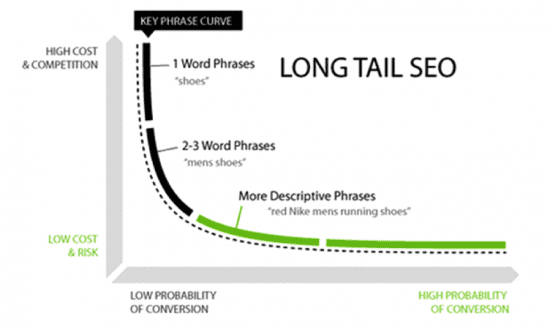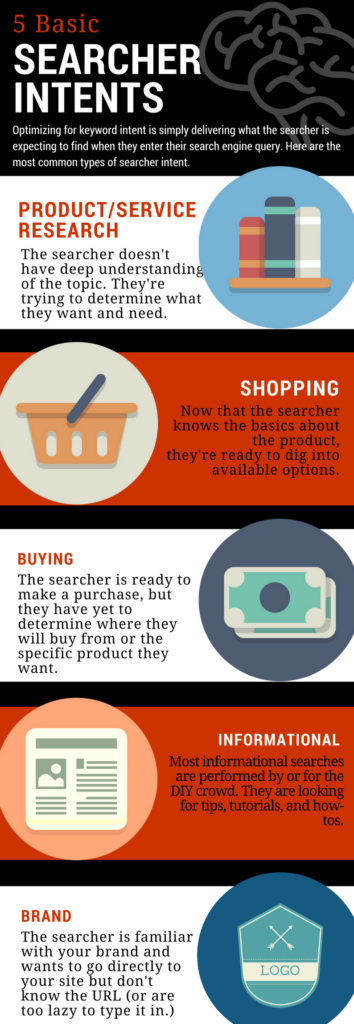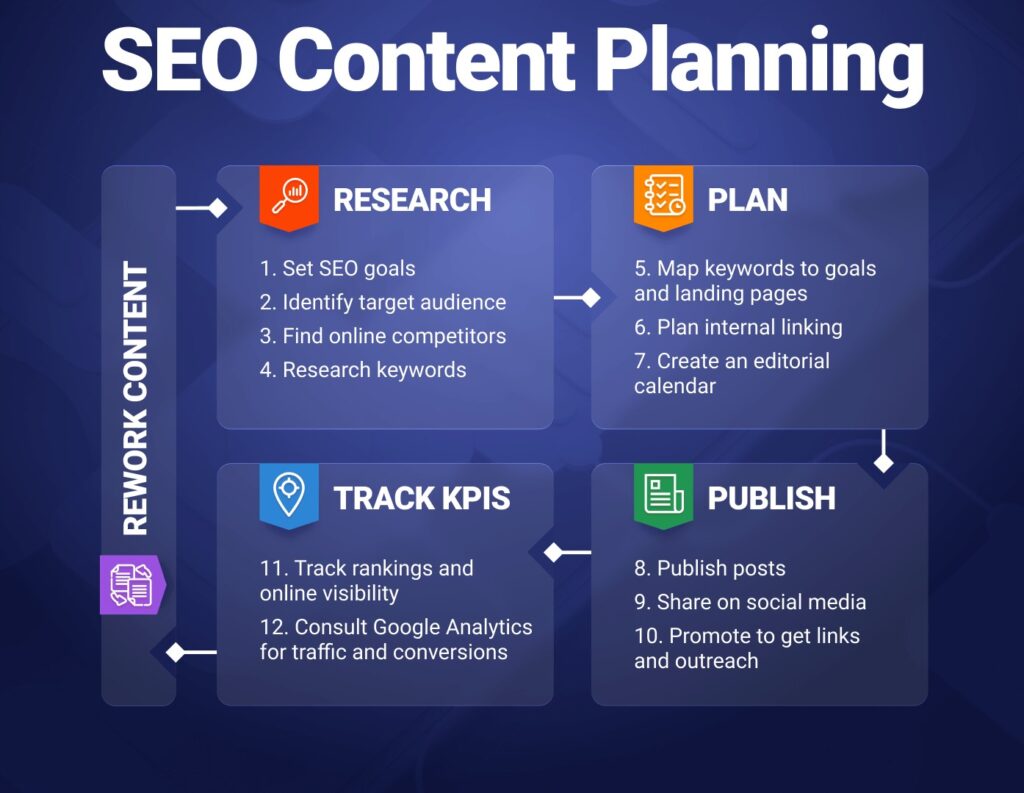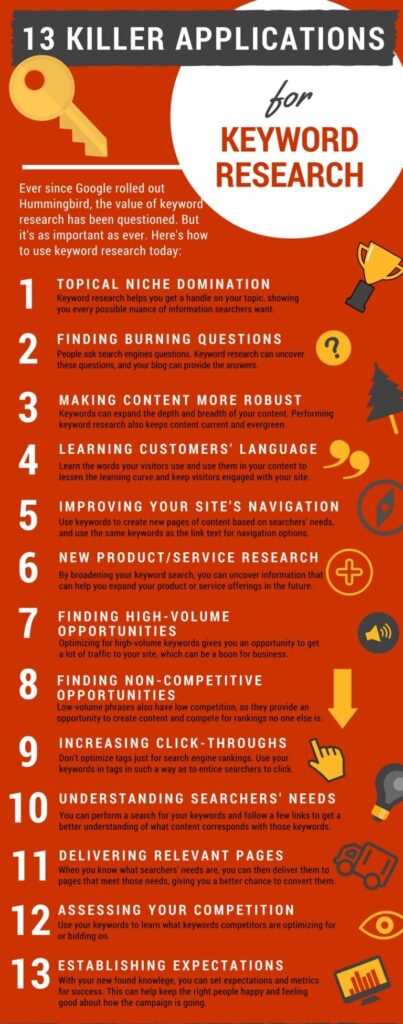What is the Difference between Keywords, Long-tail Keywords, and Search Terms?
Learn their differences and how to use them.
keywords
Keywords are specific words or phrases that people use while searching for something on search engines like Google. They represent the main ideas or topics related to a particular subject. For example, if someone is searching for information about cats, the keywords they might use could be “cat care,” “cat food,” or “cat breeds.”
Long-term keywords
Long-tail keywords are more specific and longer phrases that people use in their search queries. These keywords are more detailed and targeted, usually containing three or more words. Long-tail keywords often have lower search volumes but tend to be more specific and have less competition. For example, instead of searching for “cat food,” someone might use the long-tail keyword “best organic cat food for senior cats.”
Search terms
Search terms, also known as search queries, are the actual words or phrases that people type into search engines when looking for information or solutions. They can be either keywords or long-tail keywords. Search terms can vary from simple one-word queries to longer and more specific phrases. For instance, someone might enter the search term “how to train a puppy” to find information on puppy training.
Why Long-Tail Keywords Are Great for Getting More Website Visitors

Long-tail keywords may boost website traffic. Long-tail keywords are effective, but what are they?
- Online searchers employ long-tail keywords. Long-tail keywords are more precise than generic keywords. Instead of “shoes,” use “affordable running shoes for women.” Longer, more complex sentences target a particular audience.
- Using long-tail keywords reduces competition. These terms are more specialized. Thus, fewer websites optimize for them. Long-tail keywords improve search engine rankings for specialized searches.
- Long-tail keywords get focused visitors. Long-tail keywords indicate a specialized search. Use these keywords in your article to get more interested visitors. Targeted visitors are likelier to buy or take other activities on your website.
Do keyword research to find suitable long-tail keywords for your company or website. Google Keyword Planner and other keyword research tools may help you uncover long-tail keywords with moderate search traffic and low competition.
Therefore, long-tail keywords in website content may attract more focused visitors. Using exact and descriptive terms that match what your audience is looking for will boost your search engine rankings and increase website traffic.
Additional Elements to Consider when Working with Keywords, Long-Tail Keywords and Search Terms
Understanding User Intent:
Keywords, Long-Tail Keywords, and Search Terms play a crucial role in understanding what users are looking for when they search on the internet. When someone types a query into a search engine, they have a specific intent or purpose in mind. Search engines strive to deliver the most relevant results to match that intent.
Keywords are the words or phrases that users enter into search engines. For example, if someone is looking for information about baking recipes, they might search for the keyword “cake recipes.” However, it’s important to note that keywords alone may not fully capture the user’s intent.
This is where long-tail keywords come into play. Long-tail keywords are more specific and detailed phrases that better reflect the user’s intent. For example, instead of using the broad keyword “cake recipes,” a long-tail keyword could be “easy chocolate cake recipe without eggs.” By using long-tail keywords, you can align your content more precisely with what users are searching for.
Search terms, also known as search queries, are the actual words or phrases people type into search engines. These search terms can be either keywords or long-tail keywords. Understanding the search terms people use can help you tailor your content to meet their specific needs.
By grasping user intent and utilizing relevant keywords and long-tail keywords, you increase the chances of your content appearing in search results when users are looking for information related to your website or business. It’s crucial to create high-quality content that addresses the user’s intent and incorporates the keywords or long-tail keywords in a natural and helpful way.
Remember, the ultimate goal is to provide valuable and relevant information to users based on their search queries. Understanding user intent and utilizing the right keywords and long-tail keywords can greatly enhance your chances of attracting the right audience to your website.
Targeting Niche Audiences:

Long-tail keywords are great for targeting specialist demographics. Generic keywords have significant search volumes but attract a broad spectrum of consumers who may be interested in something other than your product. Long-tail keywords reach a more targeted audience.
You sell handcrafted jewelry online. A broad term like “jewelry” may draw many people, but they may seek jewelry history, cleaning instructions, or wholesale suppliers. However, if you optimize your content for long-tail keywords like “handmade silver pendant necklace,” you’ll attract people who want to buy handmade jewelry.
Long-tail keywords help you reach specialized consumers that are truly interested in your product. These visitors are more likely to interact with your content, spend longer time on your site, and make a purchase.
Long-tail keywords also compete less than generic keywords. Long-tail keyword optimization improves search engine rankings. Higher rankings improve organic traffic and business chances.
Understanding your niche and finding long-tail keywords that connect with your audience is crucial. You can increase conversions and establish a loyal client base by personalizing and engaging your specialized audience’s content.
Long-tail keywords attract a more targeted and interested audience. By optimizing your content for these terms, you may stand out from the competition, enhance exposure, and make meaningful relationships with people more likely to become customers or interact with your company.
SEO and Ranking Factors:
Keywords, particularly long-tail keywords, are essential to SEO. SEO optimizes your website and content for search engines. Keywords are a significant ranking component for search engines.
Search engines comprehend your web pages better when you use relevant keywords. This helps search engines show your website in response to keyword queries.
SEO benefits from long-tail keywords’ specificity. Many sites compete for generic keywords. Long-tail keywords are less competitive and help your website rank higher in search results.
You may improve search engine rankings by carefully inserting long-tail keywords in headers, paragraphs, and meta tags. This may boost SERP ranks.
Keyword optimization should be natural and not excessive. Search engines prioritize high-quality, user-valued content. Keyword stuffing hurts ranks. Instead, create helpful, entertaining content that organically combines important long-tail keywords.
Your keyword approach needs regular analysis and refinement. Google Keyword Planner can help you find popular long-tail keywords for your content. Keep up with keyword trends and update your content to preserve and increase search engine results.
Keywords—including long-tail keywords—are crucial to SEO. Incorporating relevant long-tail keywords into your content boosts your website’s search engine rankings, organic traffic, and exposure.
Long-tail keywords attract a more targeted and interested audience. By optimizing your content for these terms, you may stand out from the competition, enhance exposure, and make meaningful relationships with people more likely to become customers or interact with your company.
Keyword Research Tools:
Keyword Research Tools: These tools may help you find the proper and long-tail keywords for your article. These tools let you choose keywords based on search numbers, competitiveness, and similar keywords.
Google Keyword Planner is a famous keyword tool. This tool delivers search traffic and competitiveness statistics for terms connected to your company or industry. Analyzing this data might reveal proper long-tail keywords with reasonable search volumes but low competition. This helps you find industry niches and subtopics.
Keyword Explorer also helps. It analyzes keywords, search volumes, trends, and competitors. Search volumes, keyword difficulty, and organic click-through rates are provided. With this information, you may select keywords with a good combination of search volume and reduced competition, improving your search ranking.
Use keyword research tools to consider your audience, industry trends, and website objectives. Keyword research can help you choose the best and long-tail keywords for content optimization.
Keyword research is underway. Keyword trends and performance analysis are crucial. To be current and competitive, your keyword approach may need to change as user behavior and search trends change.
Google Keyword Planner, Ubersuggest, SEMrush, and Moz Keyword Explorer can help you find the best and long-tail keywords for your content. These tools help you improve your content, boost your search engine rankings, and attract the correct visitors.
Conclusion
Optimizing your website’s exposure and attracting the correct audience requires knowing keywords, long-tail keywords, and search phrases. Search engine optimization (SEO) relies on keywords to represent a topic’s essential concepts. Long-tail keywords target specialized demographics and attract highly engaged visitors.
Long-tail keywords may boost search engine rankings. These terms match user intent, making search results more relevant and tailored. Long-tail keywords are also less competitive, helping you stand out online.
Long-tail keywords attract more specialist audiences to interact with your content or buy. This targeted technique guarantees that your website gets excellent traffic from legitimate buyers. You can build brand loyalty and user engagement by responding to their wants and preferences.
Google Keyword Planner, SEMrush, and Moz Keyword Explorer are essential for keyword and long-tail keyword research. These tools influence your content strategy by giving search volumes, competition levels, and related keyword ideas.
In the ever-changing digital market, keyword trends, and strategy refinement are crucial. You may maintain and enhance search engine positions by routinely reviewing performance indicators and modifying content, generating more organic visitors, and reaching your business objectives.
Understanding keywords, long-tail keywords, and search phrases and harnessing their power may boost your website’s exposure, attract the correct audience, and develop a robust online presence in the competitive world of search engines.





